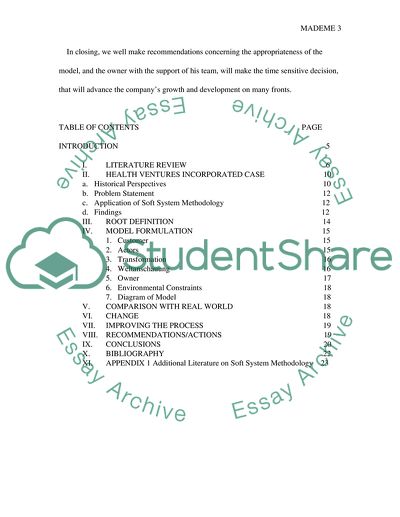Cite this document
(Health Ventures Incorporated Speech or Presentation - 1, n.d.)
Health Ventures Incorporated Speech or Presentation - 1. Retrieved from https://studentshare.org/health-sciences-medicine/1751697-management-decision-making
Health Ventures Incorporated Speech or Presentation - 1. Retrieved from https://studentshare.org/health-sciences-medicine/1751697-management-decision-making
(Health Ventures Incorporated Speech or Presentation - 1)
Health Ventures Incorporated Speech or Presentation - 1. https://studentshare.org/health-sciences-medicine/1751697-management-decision-making.
Health Ventures Incorporated Speech or Presentation - 1. https://studentshare.org/health-sciences-medicine/1751697-management-decision-making.
“Health Ventures Incorporated Speech or Presentation - 1”, n.d. https://studentshare.org/health-sciences-medicine/1751697-management-decision-making.


